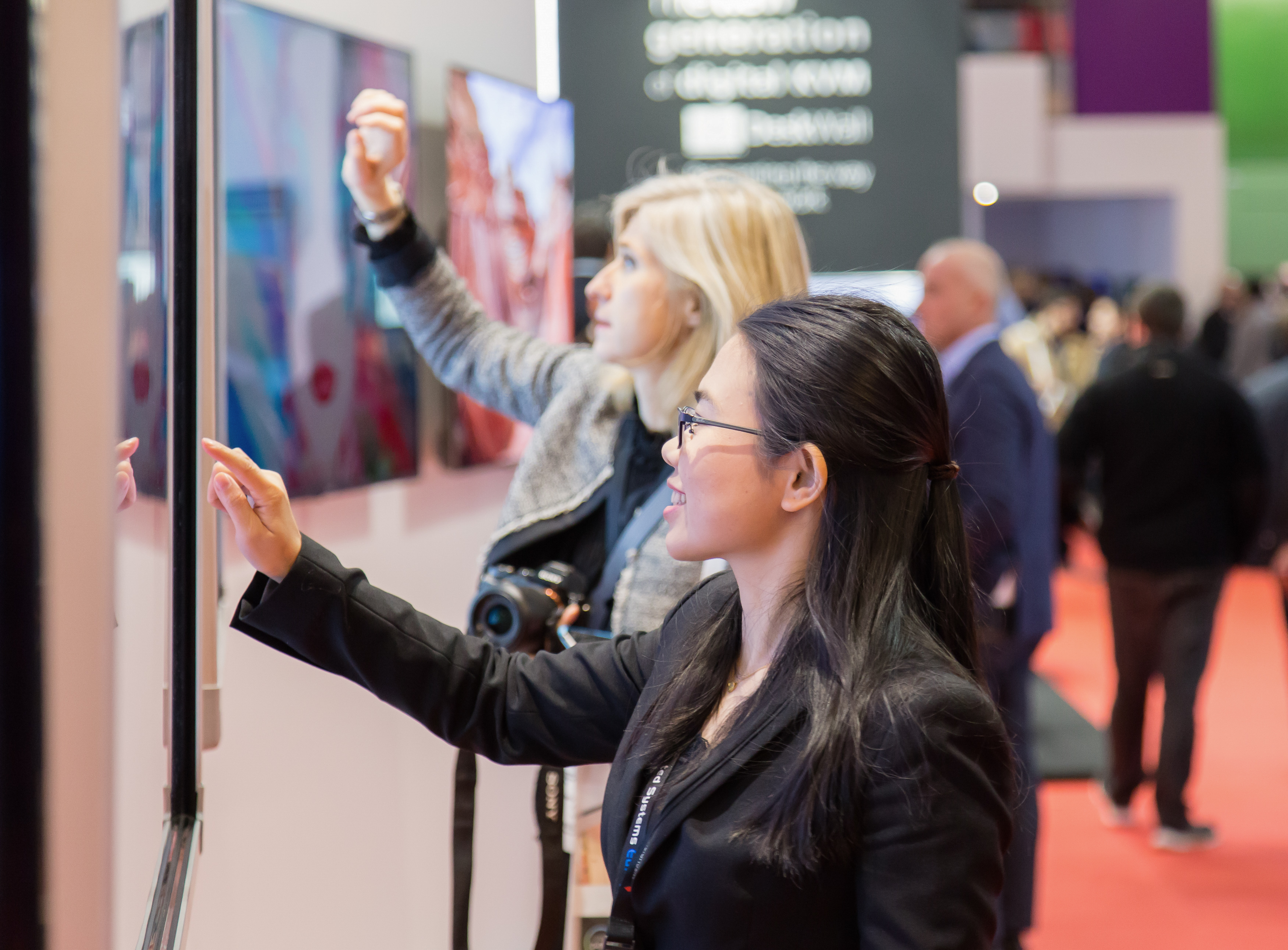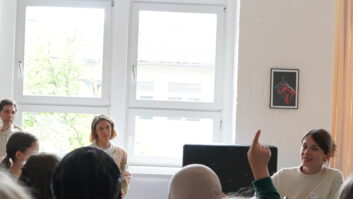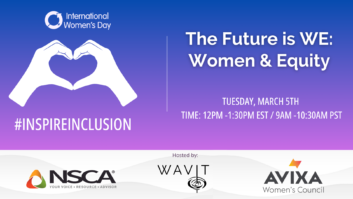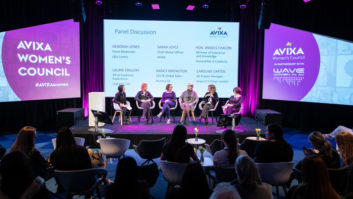
Any industry where one gender wildly outnumbers the other has a gender diversity problem. There’s enough published research to illustrate that any organisation with a homogenous workforce is missing out on better ideas, and that is a problem. Women make up a tiny percentage of the larger AV industry, that is a fact!
It is frustrating to attend any “Women in (insert subsection of the broader technology industry here)” event only to hear the majority of the talks centre around whether or not the lack of diversity is a problem. Of course it’s a problem.
Blame game
There’s no point in blaming anyone for the situation, but I’ll point the finger at myself to illustrate the problem: I was one of several writers on the ISE Daily this year. A colleague happened to comment on the “cosmopolitan” nature of the show. “More diversity”, he said, than another show that shall remain unnamed.
I hadn’t noticed. There were definitely women at the show, but I just assumed they were doing PR. In my defence, the only women I spoke to covering Hall 7 were doing PR. In my experience writing about the AV industry, that’s nearly always been the case: After six years working with a variety of trade magazines, I have only ever interviewed one woman. One out of hundreds of interviews.
Still, the assumption was wrong. Time to shift focus to a solution.
Here’s where it becomes a much more difficult task: We can discuss occupational conditions for women, workplace culture, the education of women, the role of women in families and all these other “big picture” issues – they are legitimate and need discussion.
They are also massively unwieldy and create a sense that neither you or I can actually do much about the situation and that it’s up to ‘others’ to address it.
Visibility
I prefer a more hands-on approach. It’s not perfect, but it is as good of a start as any: make the women who do work in AV more visible.
Since you are reading this publication, why don’t we start here: Who is speaking to the trade press on your company’s behalf? Last month’s issue of AV Technology Europe featured six photos of women quoted in its articles. That’s a positive.
In the professional audio world, where I do most of my writing, it would be a surprise to see any women at all in a publication. At least up until recently, no doubt thanks to the #metoo campaign, an increased focus on how women are treated within the wider music and entertainment industry, and a collective will to rectify gender imbalance.
I know I am not the only person to make the false assumption that the women I see at trade shows aren’t actually involved with the technology and I think this is in part because we don’t often see women talking about the technology (or read about them).
This is especially evident on panel discussions. I’ve never organised one and I’m sure it’s not easy but don’t tell me it’s impossible to find at least one qualified woman who can participate. Maybe there is only one, but find her. Ask her.
Put women front and centre more often and two things will happen: the first is that it works against the biases and assumptions we all may develop about their role in the AV industry. These assumptions can manifest in small objectionable ways or as blatant sexism and objectification. It’s a fact that this still happens, but it shouldn’t.
The second is that in making women more visible, it makes the industry more welcoming for other women to join. Imagine taking a group of young female students to a trade show and the few women present in a sea of men are ‘booth babes’. Now try and convince them that it’s a great industry to work in.
If your organisation values gender diversity (and really, what side of this debate do you want to be on?), then it’s worth a little time and effort to make sure it’s projecting that. Be a thought leader. Leverage the innovation a diverse workforce creates for the end user. Interact and engage with the entire industry. Above all, be part of a solutions-based approach. It’s only a problem for as long as we let it be one.







